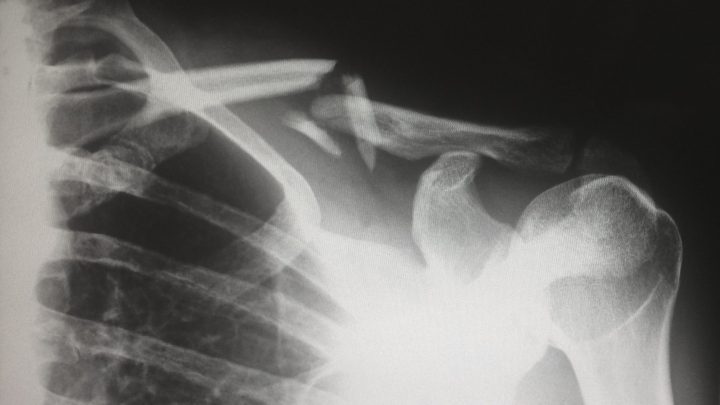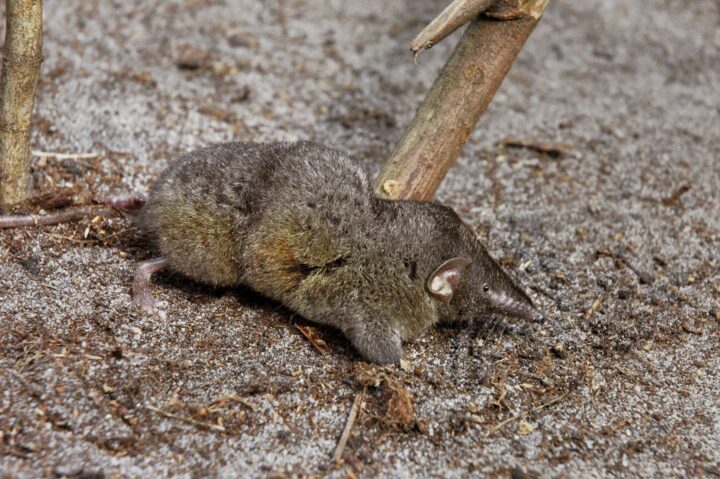Hydrostatic structures found in sunflowers and many other organisms serve various functions but almost always use helical fibers as reinforcement.
Introduction
In the natural world, many organisms rely on water-filled structures to provide support and maintain their shape. These structures, called hydrostatic skeletons (or hydroskeletons), are found in a wide range of plants and animals. Unlike more rigid skeletons made of bone or wood, hydrostatic skeletons are soft and flexible, yet they can still provide the strength and stiffness an organism needs. They are particularly common in fungi, young or herbaceous plants such as sunflowers, and in a variety of invertebrates, including worms, sea anemones, and squid. A key feature of these hydroskeletons is their arrangement of reinforcing fibers, which offers mechanical advantages that allow for flexibility and resistance to internal pressure.
The Strategy
At the heart of the hydrostatic skeleton’s function is the combination of internal pressure and helical fiber reinforcement. In many organisms, such as worms and squids, muscles contract against the fluid-filled cavity, generating pressure that helps the body maintain its shape. The surrounding fibers are arranged in a helical pattern, wrapping around the pressurized core like the fibers of a woven basket or a coiled spring. This helical structure is not unique to a single species or group; it appears in various life forms across plants and animals.
In plants, the young stems of herbaceous species like sunflowers have internal water pressure that allows them to remain upright without woody tissue. Helically arranged fibers in their stems reinforce the plant, preventing the stem from buckling or collapsing under pressure. This arrangement is also put to prominent use in the body walls of various soft-bodied animals, such as flatworms, roundworms, and mollusks.
The common thread in all these systems is the arrangement of fibers in a helical pattern. This configuration offers both flexibility and strength, as it allows the structure to resist deformation when pressure is applied. The variation in materials—collagen in animals, in plants—demonstrates how different organisms achieve similar mechanical outcomes using the resources available to them.
The Potential
The helical fiber arrangement found in natural hydrostatic skeletons offers promising insights for human engineering and design. For example, soft robotics could benefit from mimicking these structures to create flexible, pressure-resistant bodies that can adapt to changing environments. Medical devices, such as stents or soft prosthetics, could use helical fiber reinforcement to maintain shape and function without relying on rigid structures, providing comfort and durability.
In architecture and structural engineering, applying the principles of helical reinforcement could lead to more flexible and resilient materials that withstand internal and external pressures. Sustainable design strategies could draw inspiration from the way these natural systems use available materials, avoiding reliance on toxic substances or energy-intensive processes. By studying the ubiquitous yet elegant design of hydrostatic skeletons, humans can create innovative, sustainable technologies that harmonize with nature’s principles.
AI on AskNature
This page was produced in part with the assistance of AI, which is allowing us to greatly expand the volume of content available on AskNature. All of the content has been reviewed for accuracy and appropriateness by human editors. To provide feedback or to get involved with the project, contact us.







